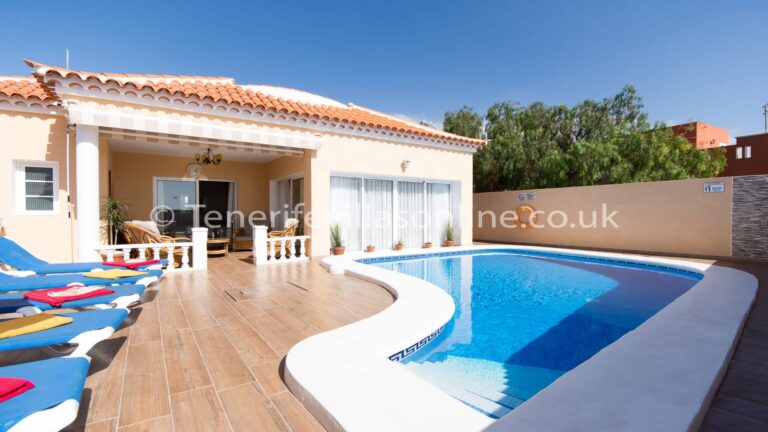Marble Stone Price: A Comprehensive Guide to Understanding the Costs
Marble, a timeless and elegant stone, has been a symbol of luxury and grandeur for centuries. Whether used in flooring, countertops, sculptures, or architectural features, the beauty of marble is unparalleled. However, when considering marble for your next project, understanding the price dynamics is crucial to making an informed decision. This article will explore the factors that influence Marble Stone Price and provide insights into how you can choose the best marble for your needs.
What Affects Marble Stone Price?
The price of marble stone varies significantly based on a variety of factors. Here are the key elements that influence marble pricing:
1. Type and Quality of Marble
Marble comes in different types, with variations in quality, color, and pattern. Some marbles are more rare and unique, commanding higher prices. For instance, exotic marble types like Italian Carrara or Indian Makrana marble can be more expensive due to their rarity and the meticulous mining process required.
The quality of marble is determined by factors such as veining, color consistency, and overall appearance. Premium quality marbles are often smoother and more polished, with fewer imperfections. The higher the quality, the more expensive the marble will be.
2. Origin and Availability
The geographical location of the marble quarry significantly impacts its price. Marbles from well-known regions, such as Carrara (Italy) or Makrana (India), are often priced higher due to their established reputation and long-standing history of craftsmanship. These areas are renowned for producing the highest-quality marble, which is why it comes with a premium.
The availability of marble also affects pricing. Marble sourced from more remote or harder-to-reach quarries may come with additional transportation costs, which can raise the final price of the material.
3. Color and Pattern
The color and pattern of marble play a major role in determining its price. Common colors like white, beige, or grey tend to be more affordable, while rarer shades like green, black, or deep blue are often more expensive. Similarly, marbles with unique veining or intricate patterns may be priced higher due to the difficulty in extracting and processing them.
The visual appeal of the marble, which is heavily influenced by its color and pattern, also affects its desirability. Marbles with distinctive, eye-catching veining or rich colors are often considered more luxurious and are priced accordingly.
4. Thickness and Size
The thickness and size of marble slabs significantly influence its cost. Thicker slabs require more raw material, and larger slabs require more labor to cut, transport, and install. Smaller, thinner slabs might cost less in terms of raw material, but when considering installation and cutting, larger slabs can sometimes provide better value for money.
Marble is typically sold by the square foot or square meter. As a result, the overall area you need for your project will directly impact the total cost of the marble.
5. Finishing and Polish
Marble can be finished in different ways, including polished, honed, or matte finishes. The finishing process involves additional labor and technology, which can add to the price. For example, a polished marble finish requires extra effort to achieve that shiny, glossy look, often increasing its cost. On the other hand, honed or matte finishes tend to be less expensive because they require less effort during production.
6. Installation Costs
In addition to the price of the marble itself, installation costs should also be considered when budgeting for a marble project. Installation of marble is a delicate process that requires skilled professionals to avoid cracking or damaging the stone. Complex installations, such as custom cuts, intricate patterns, or wall-mounted features, can increase labor costs and, in turn, the overall price of the project.
Additionally, the level of difficulty involved in transporting and installing the marble can impact costs. For instance, if the stone needs to be carried up several floors or through narrow hallways, this may increase the overall price due to the additional manpower required.
7. Market Trends and Demand
Like any commodity, marble prices can fluctuate based on market demand and trends. For instance, if a particular marble variety is in high demand due to fashion trends, its price may rise. Similarly, if a natural disaster or supply chain disruption affects marble quarries, the price of marble may increase due to limited availability.
It’s always wise to research market trends and choose a time when prices are favorable, especially if you’re working on a large-scale project.
How to Choose the Right Marble Within Your Budget
Understanding the factors influencing marble prices will help you make a more informed decision when purchasing this luxurious material. Here are a few tips to help you choose the right marble for your project while staying within your budget:
1. Set a Budget
Before purchasing marble, establish a clear budget for your project. Knowing your limits will help narrow down your options and prevent overspending. Be sure to account for both the material cost and the installation charges.
2. Consider the Size and Quantity Needed
If you’re working on a large-scale project, like flooring or kitchen countertops, buying in bulk may offer cost savings. Many suppliers offer discounts for large quantities of marble, so it’s worth inquiring about this option.
3. Balance Aesthetics and Price
While it’s tempting to choose the most expensive marble for its stunning beauty, it’s important to find a balance between aesthetics and price. You can find high-quality marbles in a variety of price ranges, so you don’t have to overspend to achieve the look you want. Be open to considering less expensive types of marble that still offer elegance and beauty.
4. Opt for Local Suppliers
If you want to save on transportation costs, consider purchasing marble from local suppliers or quarries. This can significantly lower the price, especially when it comes to large projects.
5. Compare Prices
It’s always a good idea to compare prices from different suppliers. Prices may vary based on factors like location, supplier reputation, and specific deals. Shop around to find the best value for your marble purchase.
Conclusion
Marble is a stunning material that adds a sense of luxury and elegance to any space. While it can be expensive, understanding the factors that influence marble stone prices will help you make a better decision when choosing the perfect marble for your project. By considering factors such as the type of marble, its origin, size, and installation costs, you can ensure that you select the best marble within your budget, creating a beautiful and lasting result.







